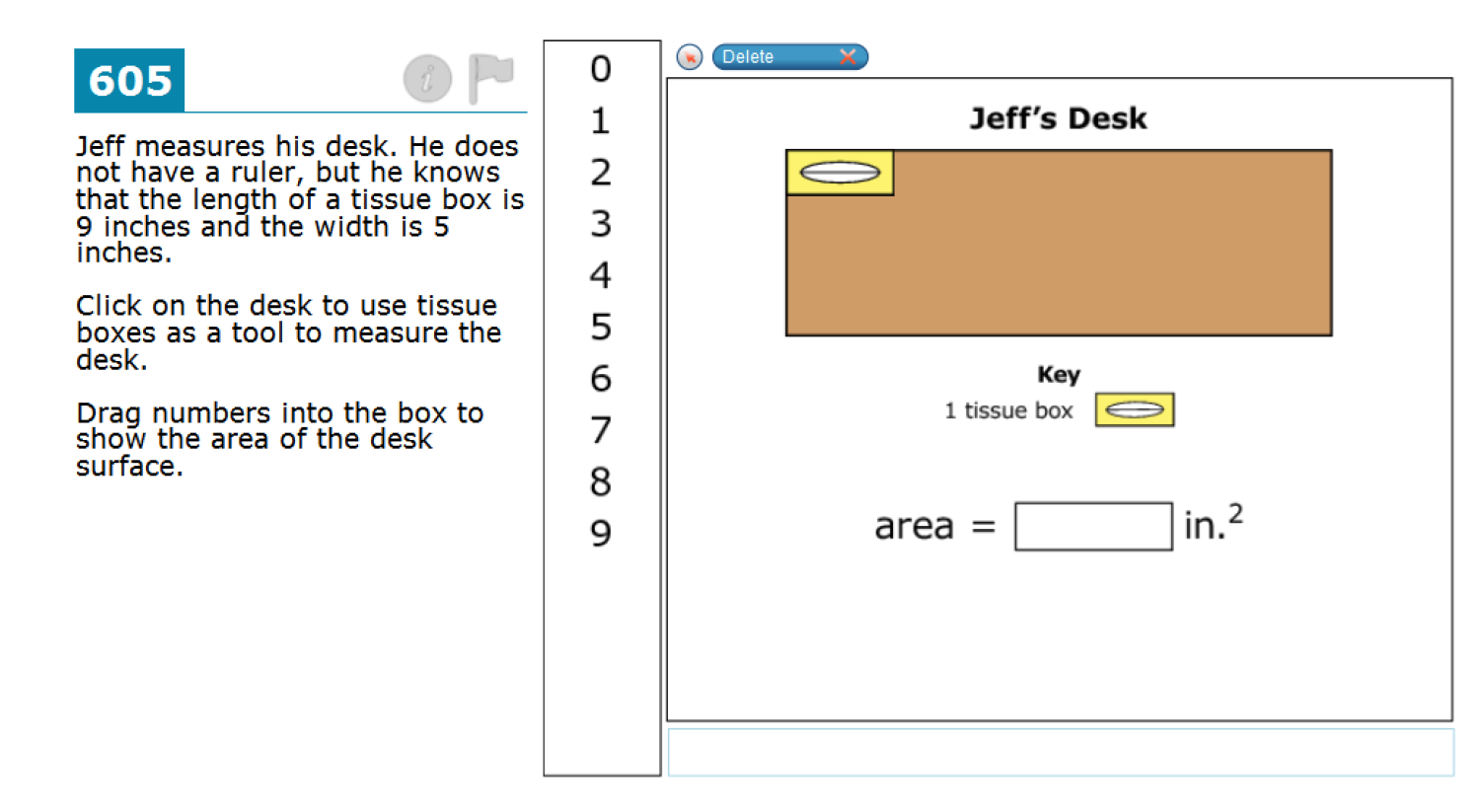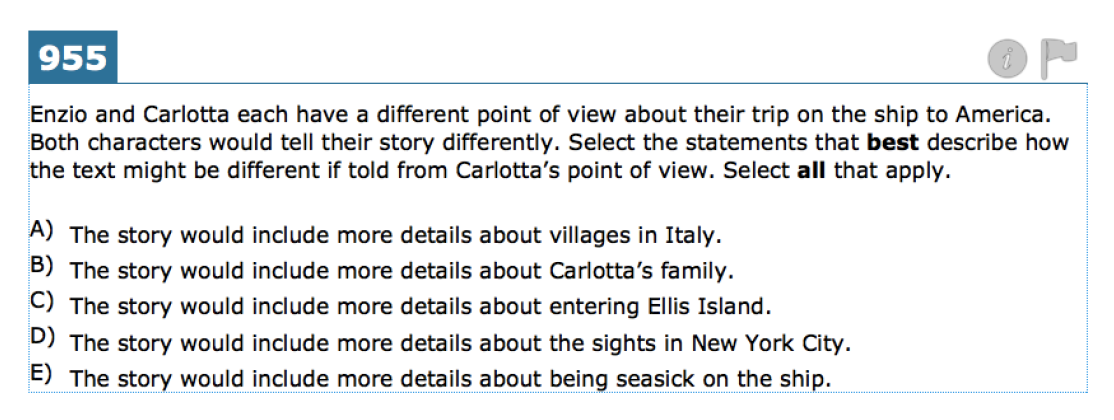In a previous post, we discussed the first five ways that Common Core lessons are different from the traditional approach teachers have used.
What we saw was that Common Core doesn’t look different to the casual observer in a classroom, but from a teacher’s point of view, it is dramatically different. The big difference is emphasis.
Teaching a Common Core lesson means you, as a teacher, guide students through more advanced ways of understanding and using knowledge. Common Core advocates this higher-level approach with the goal of helping students become career and college-ready critical thinkers — not just repositories of facts that have no bearing on the real world.
This change in emphasis requires teachers to re-think how they structure their lessons. To help that process and provide a checklist for how to proceed, this post presents numbers 6-10 of the ways that our research shows Common Core lessons are different. Note that the examples below are representative of a range of new directions in the Common Core standards.
Make time for close reading. In the past, texts were chosen for their theme and general level of reading difficulty for each grade level. Now, Common Core wants texts to gradually increase in complexity and be aligned to the range of reading levels appropriate for that grade (e.g., Lexile scores). In addition, time should be allowed for reading a passage or text several times, each time looking for different things, such as theme, word choice, author’s point of view, etc. This is close reading, helping students to appreciate the subtle nuances of text and the craft and meaning that went into it.
Examples from the standards:
7.RL.9 Compare and contrast a fictional portrayal of a time, place, or character and a historical account of the same period as a means of understanding how authors of fiction use or alter history.
Analysis: In order for students to meet this standard, they will have to read several texts multiple times, looking for setting, character development, and how history may be altered.
7.RL.10 By the end of the year, read and comprehend literature, including stories, dramas, and poems, in the grade 6-8 text complexity band proficiently, with scaffolding as needed at the high end of the range.
Analysis: This is a culminating standard that advocates students read increasingly complex texts during the school year.
Develop literacy in all content areas. Just as ELA teachers are using more informational text from science and social studies, the science and social studies teachers are now encouraged to give more attention to reading skills in their classes. The goal is to have all teachers in all subject areas help students be more literate.
Examples from the standards:
6-8.RST.1Cite specific textual evidence to support analysis of science and technical texts.
Analysis: This literacy standard asks science and technical subject teachers to require students to cite specific textual evidence, which is an important reading skill.
9-10.RH.5 Analyze how a text uses structure to emphasize key points or advance an explanation or analysis.
Analysis: This history literacy standard asks social studies teachers to focus part of their lesson on text structure, which is an important reading skill.
Write from sources. Too often in the past, ELA writing assignments dealt with students’ personal experiences or imaginary narratives. Now, Common Core wants students to write more informative or opinion/persuasive pieces. These can be original based on research, or they can be in response to ideas, events, facts, or arguments presented in text they read.
Examples from the standards:
5.W.1 Write opinion pieces on topics or texts, supporting a point of view with reasons and information.
Analysis: Students are asked to write opinion or persuasive pieces about text, not narrative pieces based on their experience (although other standards still ask for that).
3.W.1 Write informative/explanatory texts to examine a topic and convey ideas and information clearly.
Analysis: Students are asked to write informational text, not an imaginative essay.
Teach academic vocabulary. Previously, teachers and textbooks have done a good job helping students understand support vocabulary based on the content of the lesson. But what has been missing, according to Common Core, is an emphasis on academic vocabulary. These are words that are used in different subjects to describe procedures for investigating or exploring the text. Academic words include such terms as: identify, determine, calculate, evaluate, analyze, etc.
Examples from the standards:
4.RI.4 Determine the meaning of general academic and domain-specific words or phrases in a text relevant to a grade 4 topic or subject area.
Analysis: Students are directly asked to focus on academic words for their grade level.
5.L.6 Acquire and use accurately grade-appropriate general academic and domain-specific words and phrases, including those that signal contrast, addition, and other logical relationships (e.g., however, although, nevertheless, similarly, moreover, in addition).
Analysis: This standard asks teachers to guide students in understanding academic words that signal logical relationships.
Practice new types of assessment questions. Lessons will do students no good if they are then faced with unusual assessment questions that they don’t know how to deal with. They won’t score well and teachers won’t be successful. The new Common Core assessment questions call for multiple correct answers, application of concepts in a scenario, use of synonyms for words in text, performance tasks that use several recently learned concepts and skills, constructed response where students write out answers, and more. This means that teachers must use examples of these types of questions in their lessons in order to get their students ready.
Examples from the Smarter Balanced released assessments:
Analysis: This question requires students to choose more than one correct answer, which requires close reading.

Smarter Balanced 5th Grade Math
Analysis: This question provides a real-world situation where students have to apply skills of measuring, and they must already know the concept of area.
Put all 10 of these differences together in lessons with good emphasis and practice, and teachers will be teaching to the higher-order Common Core standards. More importantly, they will be preparing students to be successful, not only for the assessments, but also for life. Students will be better critical thinkers, and be much more ready for college and career.
For examples of great Common Core lessons, visit www.educeri.com. Educeri is our new lesson service with over 1,100 lessons and resources for K-12 educators.





